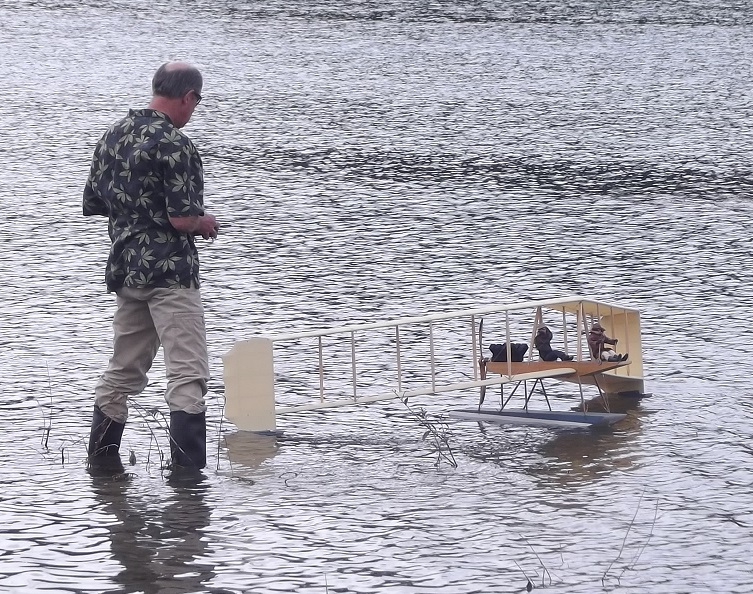SLOPING OFF...
...the Newsletter of Christchurch and District Model Flying Club for...March 2024
FLYING WING DESIGN WITH KEN STUHR
It all started with an email to an old friend in Seattle, whom I met on many of the Canada trips I made in the 10s to 20s. Here he is with his big Dunne biplane.
Hello Ken,
I've been idly pondering the Armstrong-Whitworth AW52 for a couple of EDF. I remember you had a model of one of the big US wings at Chilliwack - which airfoil section did you use? Presumably a reflexed one? The 52 has big ailervators and they could be reflexed up in the same way.
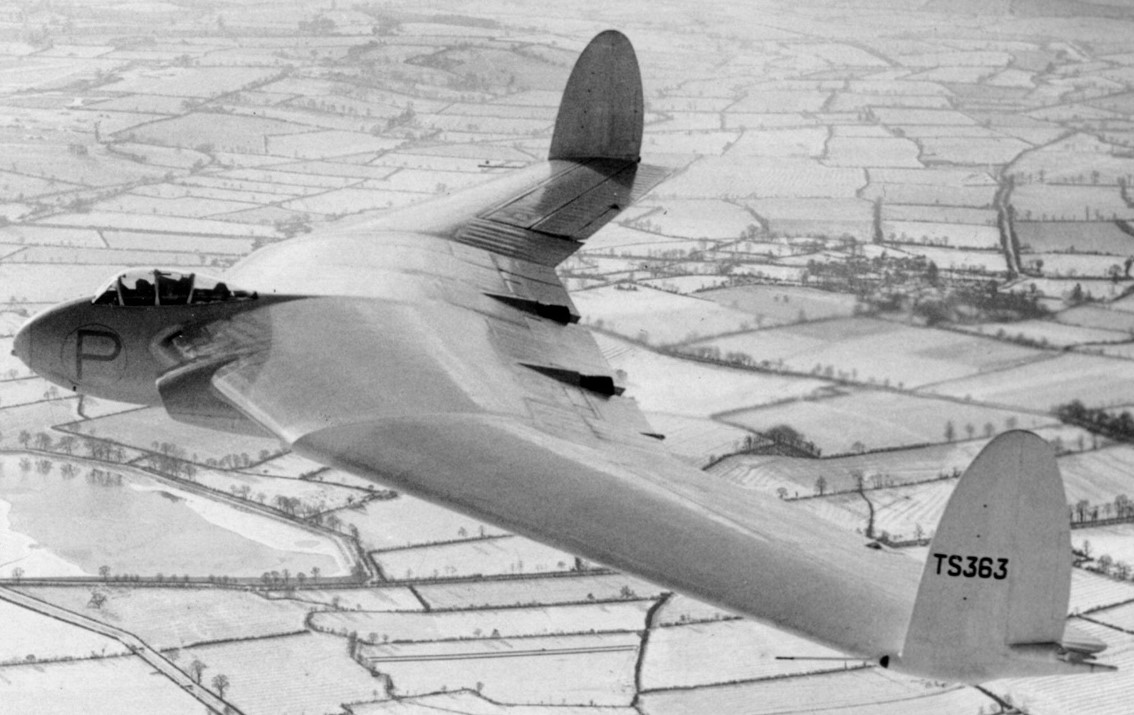
I've had a poor experience with the small Arrows EDF, they are just too quick for my old brain, but I thought this option and say 72" span for 64mm fans or 100" for 70mm might give me a better chance of keeping up with it. If I can keep it oriented, of course!
Mike-
I can respond with some degree of successful experience on this!!
In fact, I have built and flown 4 of the Northrop wings and all have used the prototype airfoil, which is a symmetrical, thick (19%), laminar type developed in the 40s. The washout used by the prototype, 5 deg over the span, was and is sufficient to provide trim. This, like all symmetricals, does not stall nicely, so I have always kept away from the 'edge'.
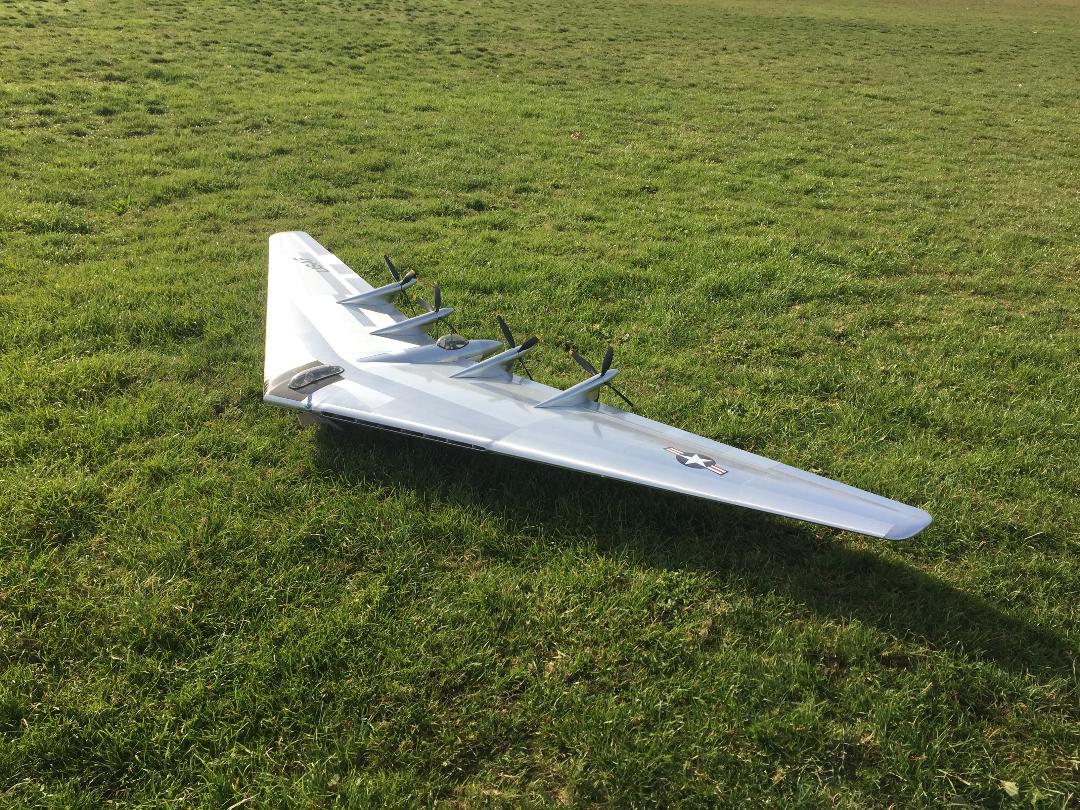
I have also done a Horten 18 per one of the many config impressions out there, also using a symmetrical section but somewhat thinner (18% root, 10%tip) with the same spanwise wahsout. This flies with 4 40mm EDFs.
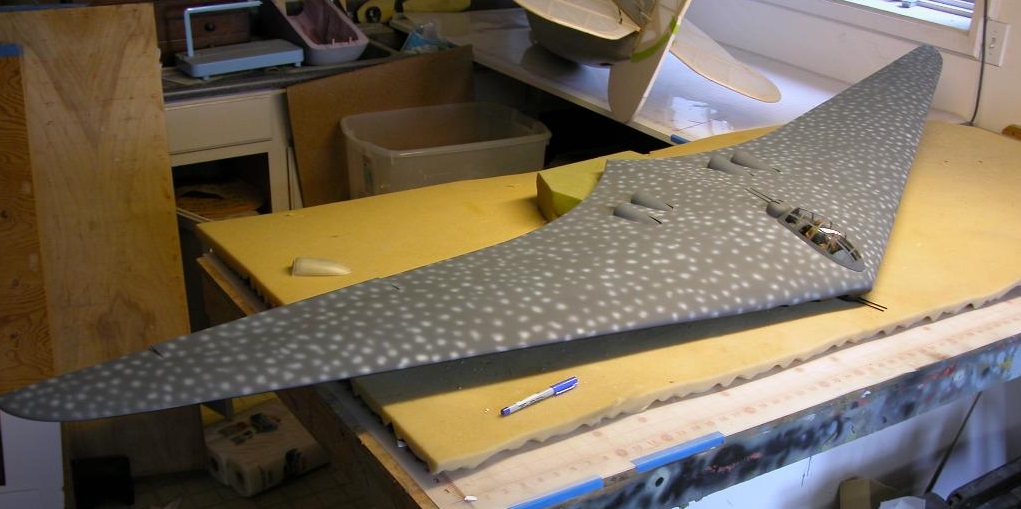
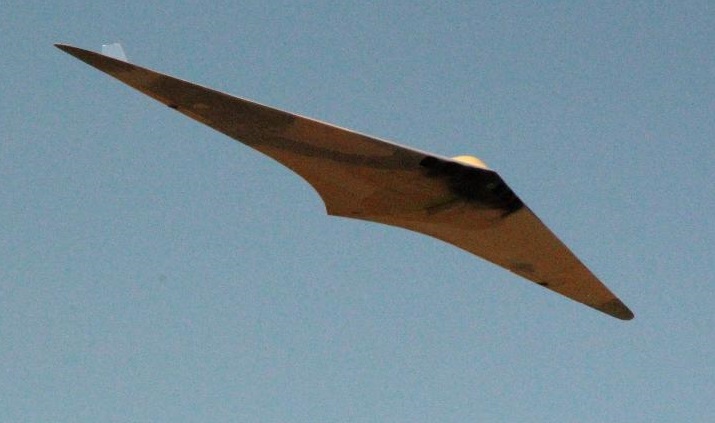
There are others, but the lesson is: use a symmetrical section with washout to eliminate unknown trim issues of reflexed sections. There is no downside. People hawk on about efficiency, but how do you know in a model? What, it flies 1 more minute ? Doubtful. Anyway, one size bigger battery or another click on the throttle fixes that. But doubt if you could tell the diff. I can't notice any greater cruise pitch angle during flight, which they do, but its not noticeable. Just build light to easily stay away from the stall speed and incorporate 4-5deg washout. Best, Ken
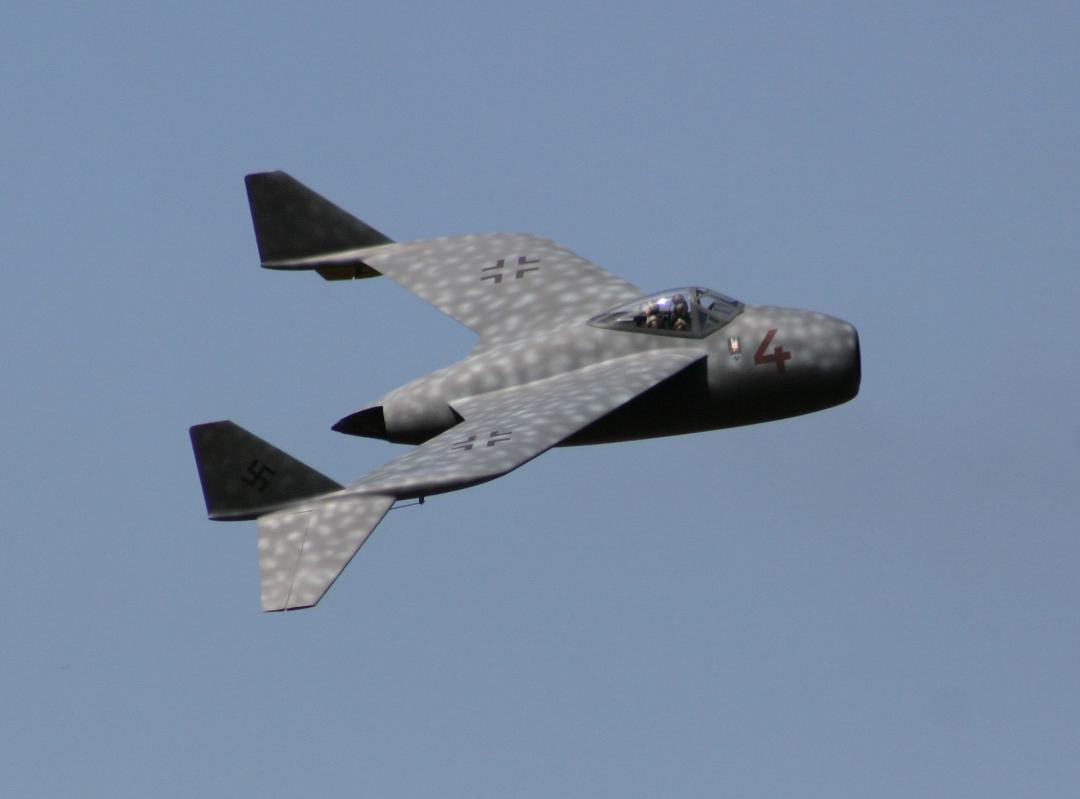
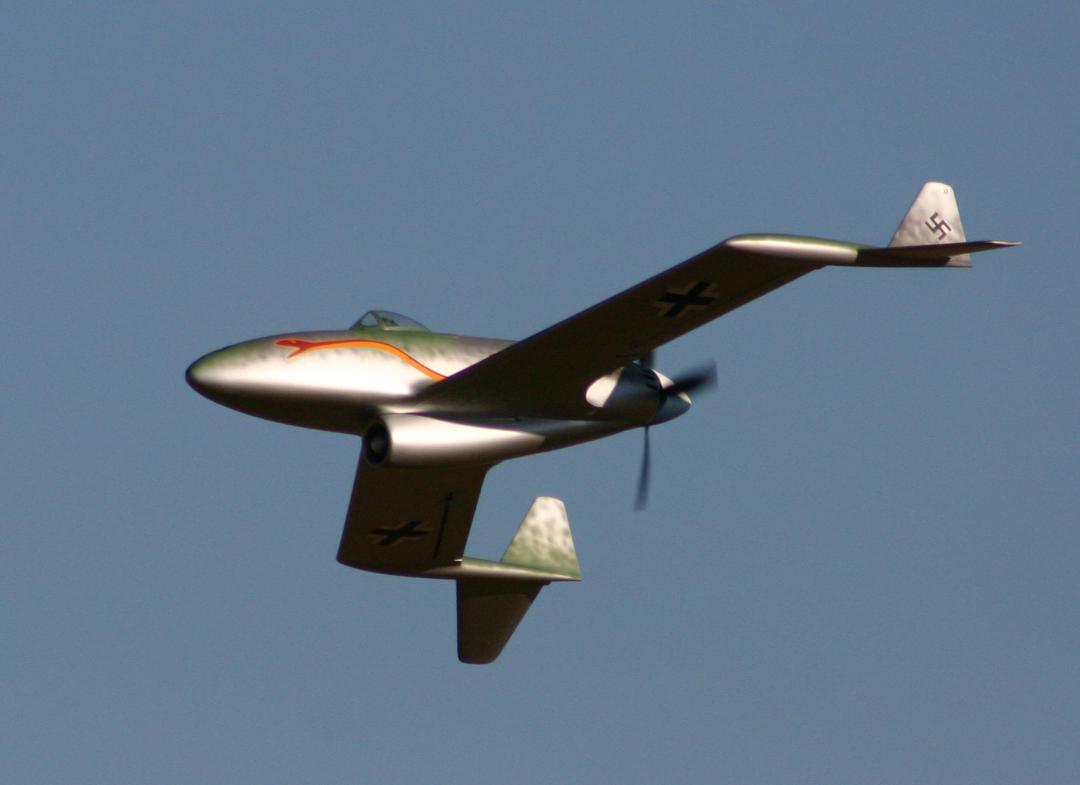
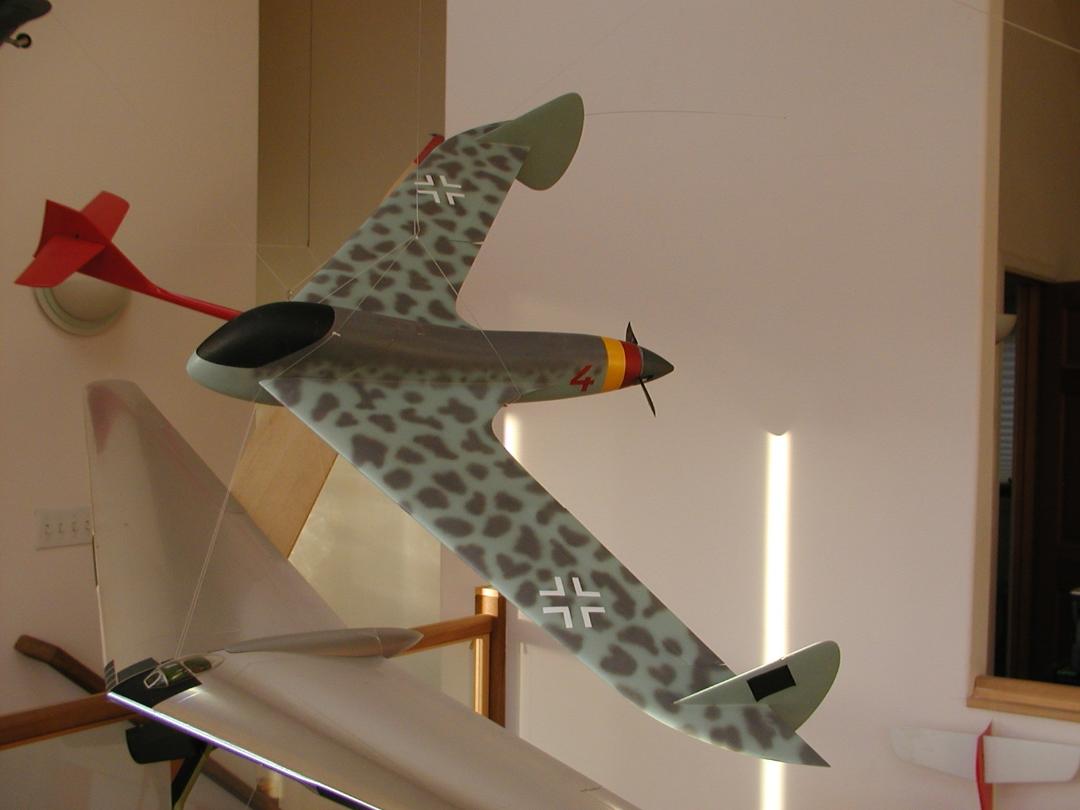
The last picture is from Ken’s amazing “Museum” in Seattle which I saw during one of the Canada trips. See the next page!
